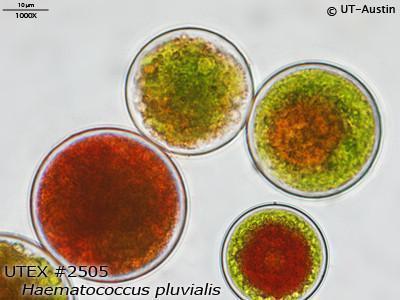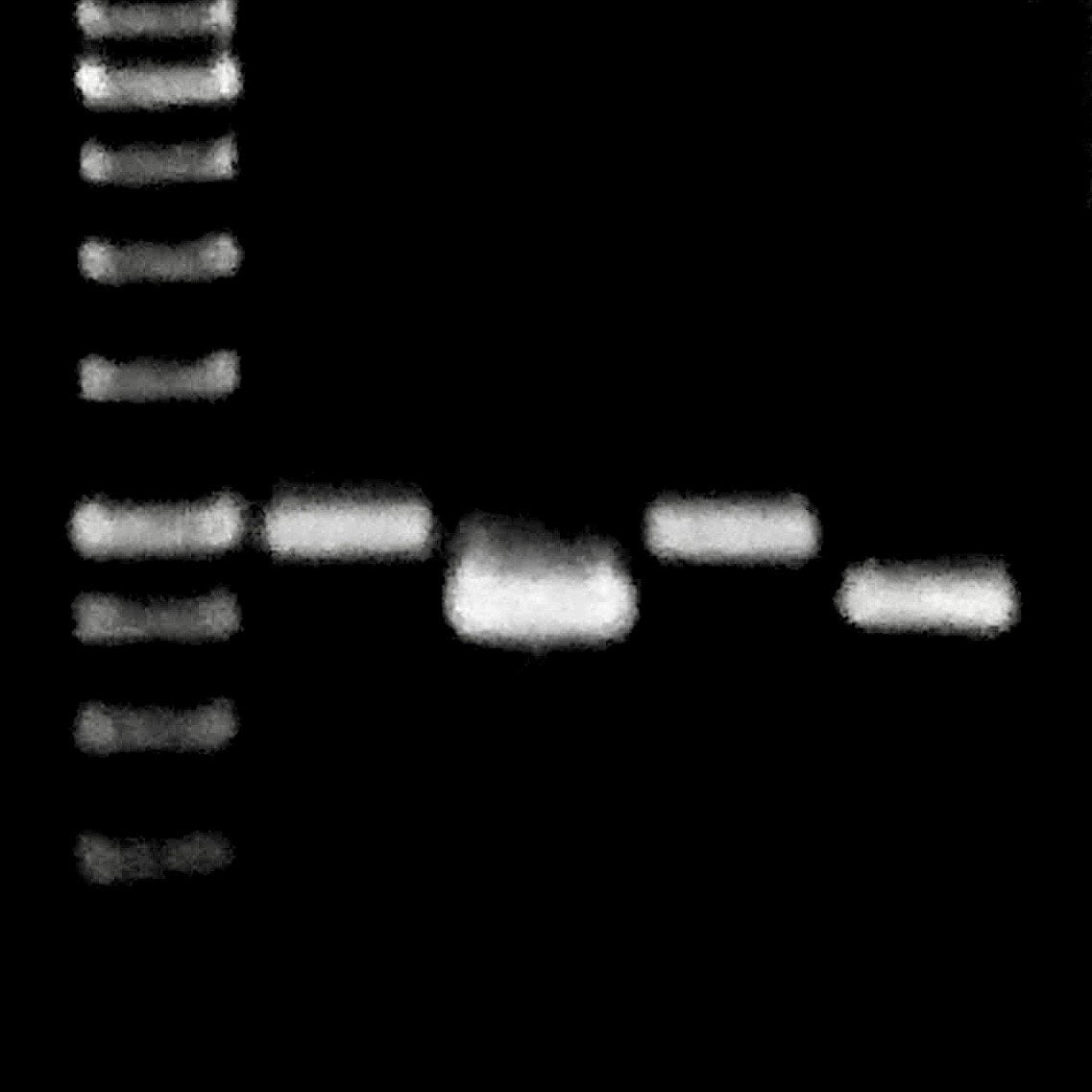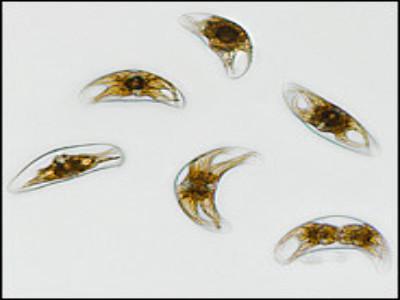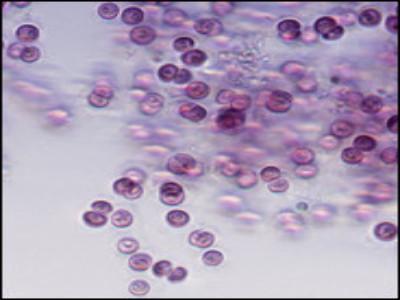About The Teaching Kit
Designed to help examine photosynthesis and cellular respiration using a freshwater alga encapsulated in alginate as the model organism. The kits can be used to design and run experiments to test how light affects photosynthetic rates, including understanding the role of environmental factors. While the kits contain protocols ranging from simple to more advanced, the use of algae beads is not limited to these experiments.

Photosynthesis & Cellular Respiration
Did you know that most of the atmospheric oxygen on Earth is produced by algae photosynthesizing in the ocean? Virtually all forms of life on Earth depend directly or indirectly on photosynthesis and cellular respiration.
Photosynthesis is the process that converts light energy into chemical energy that, through cellular respiration, can later be released to fuel an organism’s activities. Although both biochemical processes evolved independently, the inputs and outputs of both cycles highlight their interdependence.
What are algae beads?
Algae beads are crafted from a freshwater green alga that’s been immobilized into beads using alginate and calcium chloride. This technique enables precise control over the amount of algae utilized in experiments. Moreover, since alginate is porous, gas exchange can occur between the encapsulated algae and their surrounding environment.
DID YOU KNOW? Alginate is a naturally occurring anionic polymer—long chains of carbon atoms with negatively charged groups of ions attached along the chain—that is typically obtained from brown algae!


Why use them?
This unique form of model organism allows you to investigate photosynthesis and cellular respiration—biochemical processes by which plants and animals generate and use energy.
The beads can be reused multiple times if stored under the proper conditions; however, it’s not advisable to reuse the same set of beads for multiple experiments in a single day.
What is included?
- Photosynthesis Teaching Kit Only
- Photosynthesis Teaching Kit + Vernier SpectroVis Plus Spectrophotometer
- DIY Algae Beads
-
TBD
What is not included?
- Light source that does not generate excessive heat (fluorescent or LED bulbs work best)
- Personal Protective Equipment (PPE): gloves, goggles, lab coat, etc.
- Distilled water **
- Clean beaker (100-250mL) or clear plastic cups
- Aluminium foil
- Permanent marker pen
- Used for disposal: bleach; coffee filter; and bucket or large container
** ATTENTION: The use of distilled water is important. The chlorine in tap water can kill your algae beads. Bottled spring water may be used if it has not been chlorinated.














